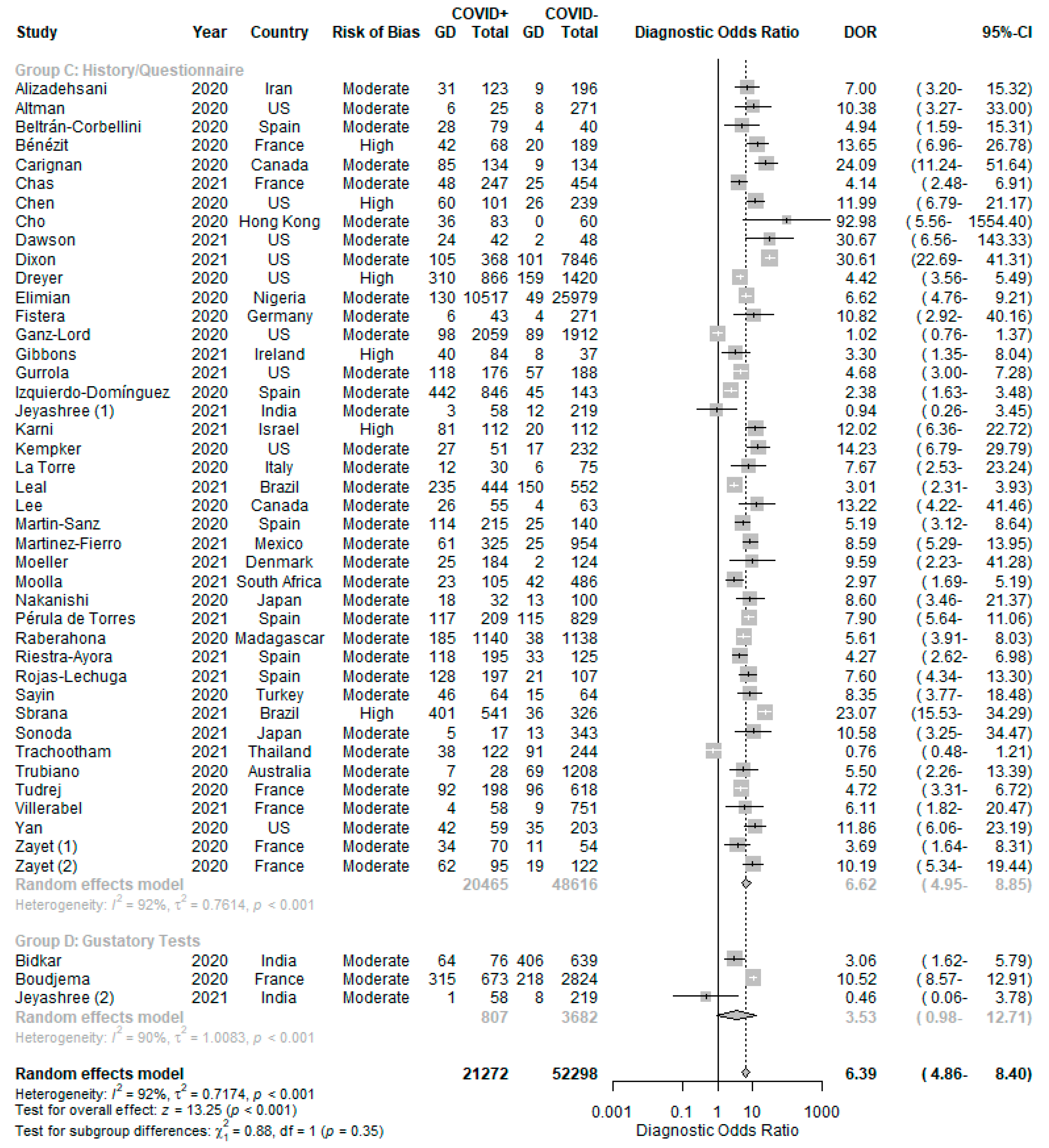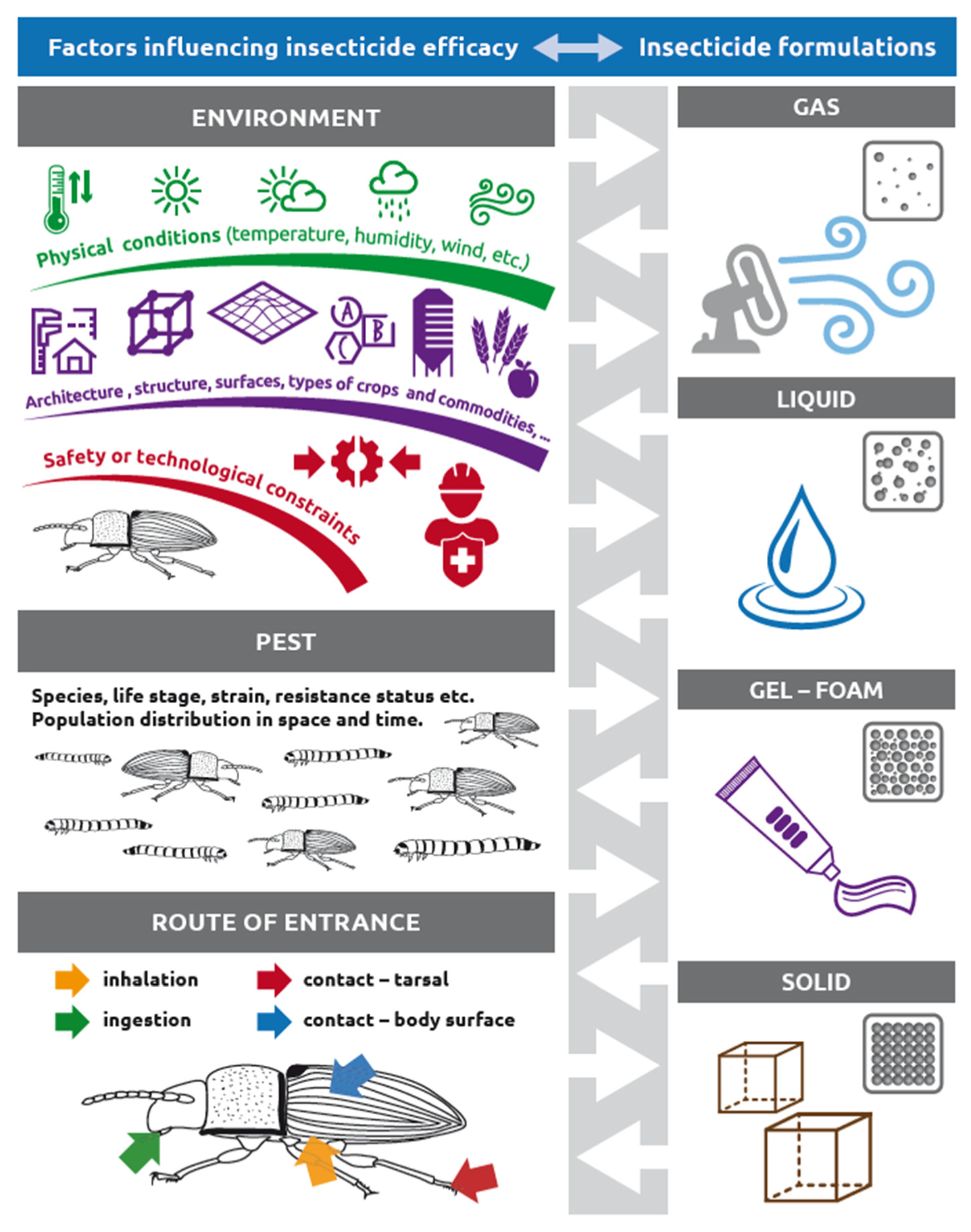

At the Guggenheim, Phillips has launched the first media art conservation lab in a US museum, and is developing and implementing new strategies for the preservation, re-installation, and documentation of media artworks. Jonna is the Associate Conservator of Contemporary Art at the Guggenheim Museum and focuses on the conservation of time-based media artworks.
#Fl studio 12 reg key ching lui archive
Smithsonian American Art Museum “The Smithsonian American Art Museum Acquires the Complete Estate Archive of Visionary Artist Nam June Paik” (Washington, D.C.: Smithsonian American Art Museum, press release, May 1, 2009) VideosĬHRIS WAYNER: Our next speaker is Joanna Phillips. The Nam June Paik Art Center opened in a suburb of Seoul, South Korea, in 2008. Paik has been the subject of numerous exhibitions, including two major retrospectives, and has been featured in major international art exhibitions including Documenta, the Venice Biennale and the Whitney Biennial. Orwell, which broadcast from the Centre Pompidou in Paris and a WNET-TV studio in New York City Jan.
#Fl studio 12 reg key ching lui tv
Paik invented a new artistic medium with television and video, creating an astonishing range of artworks, from his seminal videotape Global Groove ( 1973) that broke new ground, to his sculptures TV Buddha ( 1974), and TV Cello ( 1971) to installations such as TV Garden ( 1974), Video Fish ( 1975) and Fin de Siecle II ( 1989) videotapes Living with the Living Theatre ( 1989) and Guadalcanal Requiem ( 1977÷ 1979) and global satellite television productions such as Good Morning Mr. The Paik-Abe video synthesizer transformed electronic moving-image making. In 1969, he worked with the Japanese engineer Shuya Abe to construct an early video-synthesizer that allowed Paik to combine and manipulate images from different sources. In 1965, Paik was one of the first artists to use a portable video camcorder. In 1963, Paik had his legendary one-artist exhibition at the Galerie Parnass in Wuppertal, Germany, that featured his prepared television sets, which radically altered the look and content of television.Īfter immigrating to the United States in 1964, he settled in New York City where he expanded his engagement with video and television, and had exhibitions of his work at the New School, Galerie Bonino and the Howard Wise Gallery. There he met John Cage and George Maciunas and became a member of the neo-dada Fluxus movement. Paik graduated from the University of Tokyo in 1956, and then traveled to Germany to pursue his interest in avant-garde music, composition and performance.

He had a global presence and influence, and his innovative art and visionary ideas continue to inspire a new generation of artists.īorn in 1932 in Seoul, Korea, to a wealthy industrial family, Paik and his family fled Korea in 1950 at the outset of the Korean War, first to Hong Kong, then to Japan. Nam June Paik ( 1932– 2006), internationally recognized as the “Father of Video Art,” created a large body of work including video sculptures, installations, performances, videotapes and television productions.


 0 kommentar(er)
0 kommentar(er)
